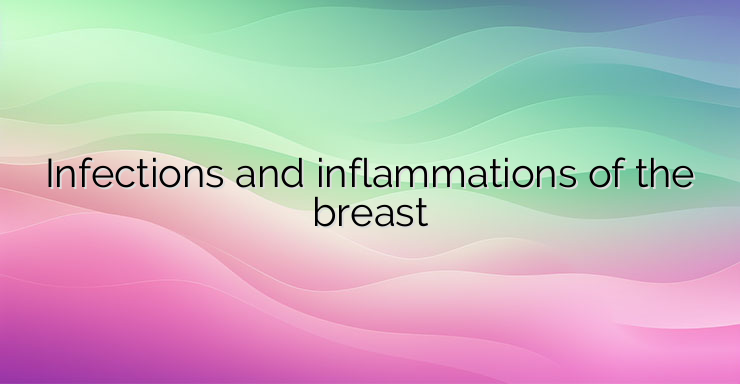Mastitis is an inflammation of the breast tissue that sometimes involves infection. Inflammation leads to chest pain, swelling, redness, the affected area feels warmer. Fever and chills are also characteristic symptoms of the disease. Mastitis most often affects women who are breastfeeding (lactational mastitis). But mastitis can occur in women who are not breastfeeding (non-lactational mastitis) and even in men. The most common type of breast infection is lactational mastitis. In this case, the nipples become cracked and painful. This allows bacteria from the baby’s mouth to enter the ducts and quickly multiply in the milk. Sometimes an infection also occurs due to a blocked milk duct. In both cases, the breast becomes hard, red, hot and painful. Milk retained in the breast is the main cause of mastitis. Other causes leading to the disease can be: Clogged milk duct. If the breast does not empty completely during breastfeeding, one of the milk ducts may become blocked. In women who are breastfeeding for the first time and have not mastered the breastfeeding technique well, they often retain breast milk in the milk ducts. This blockage prevents milk from draining, the glands swell and mastitis occurs. Most often, the cause of the disease is a bacterial infection from the baby’s mouth and nose, which entered the milk duct through small injuries to the skin around the nipple. Generally speaking, mastitis is a disease due to an infection of the mammary glands of the breast that occurs about ten days to one month after birth. Treatment depends on the symptoms, age and general health of the patient. Very often, the treatment of lactational mastitis involves the administration of antibiotic medications. The infection should resolve within ten days, but recovery can take up to three weeks. Sometimes mastitis goes away without specific medical treatment. Applying warm compresses or taking a hot shower every few hours relieves symptoms of swelling and inflammation. Breastfeed every two hours or more often to keep milk flowing through the milk ducts. If necessary, patients are advised to express breast milk between meals. Drinking plenty of fluids and resting are essential to control symptoms. Massage the area in gentle circular motions, starting from the outside of the affected area and working in towards the nipple. Taking nonsteroidal anti-inflammatory drugs relieves pain and inflammation. It is recommended to wear a supportive bra that does not compress the breast. Non-lactational mastitis is an inflammation of the mammary gland that develops in women outside of the breastfeeding period. Most often, this type of mastitis occurs against the background of hormonal changes in the body during puberty or menopause. Hormonal imbalance contributes to the reduction of the body’s natural defenses. The age of affected women varies widely, from 15 to 60 years of age. Source: www.hopkinsmedicine.org


Leave a Reply